The Snowless Summit of Mount Fuji: A Stark Reminder of Our Planet’s Fragile Future
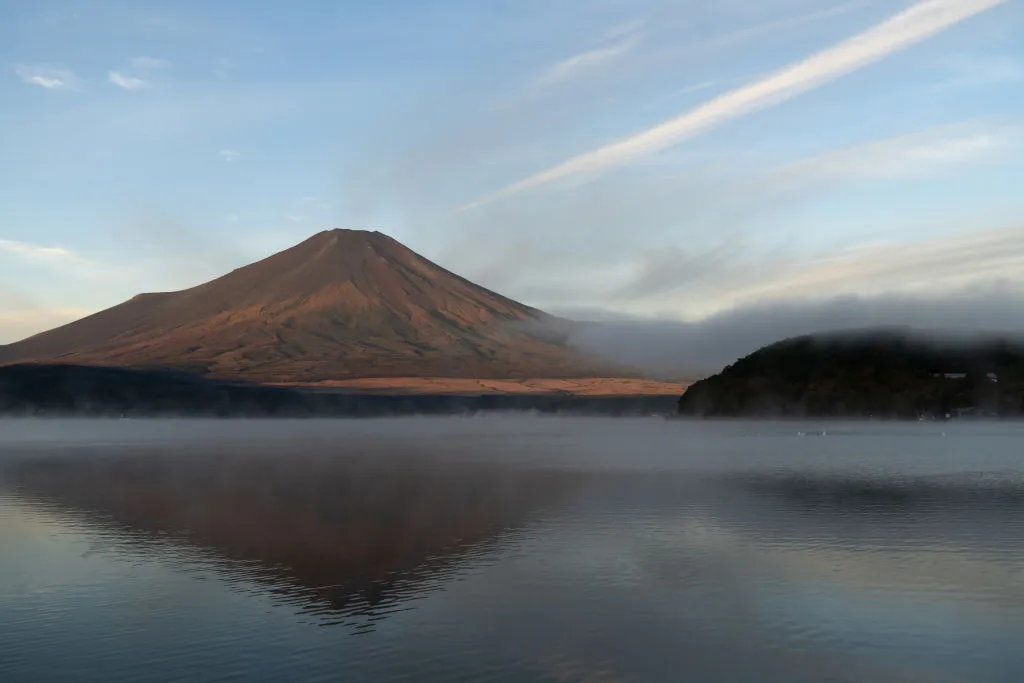
Mount Fuji, Japan’s legendary snow-covered peak, is undergoing a surprising transformation that is raising alarms among environmentalists across the globe.
For the first time in 130 years, the iconic peak of Mount Fuji stands completely snowless, lacking the usual blanket of snow that typically graces it by early October.
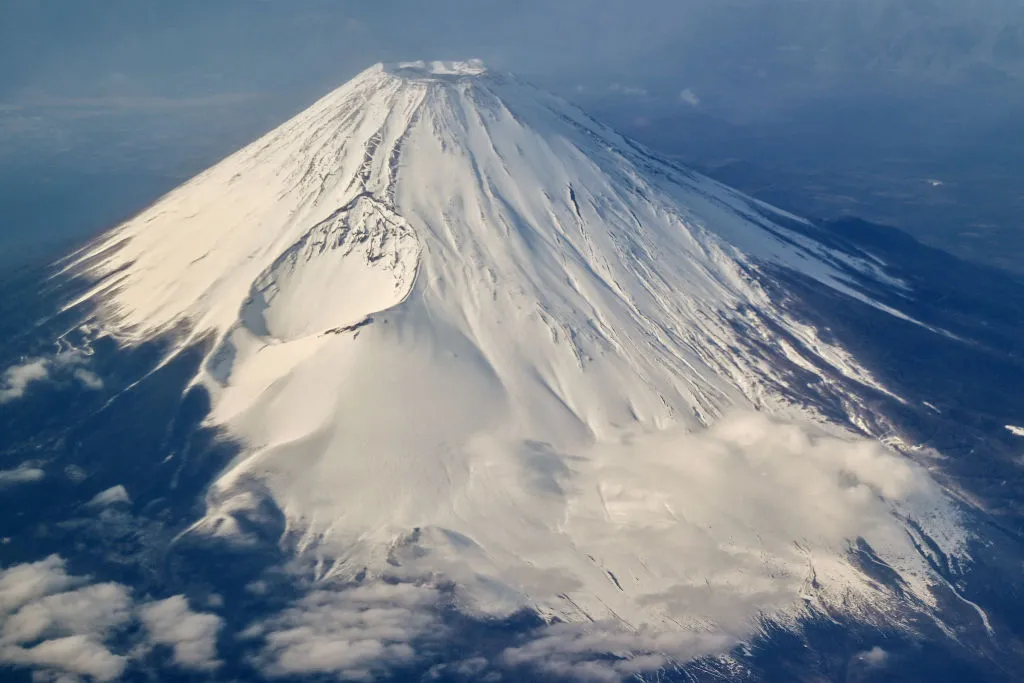
Mount Fuji, one of the world’s most iconic natural landmarks, has long been a symbol of tranquil beauty and a dependable marker of the changing seasons in Japan.
As of late October this year, the Kofu Local Meteorological Office has not reported any snowfall, a quiet that many are seeing as a troubling sign.
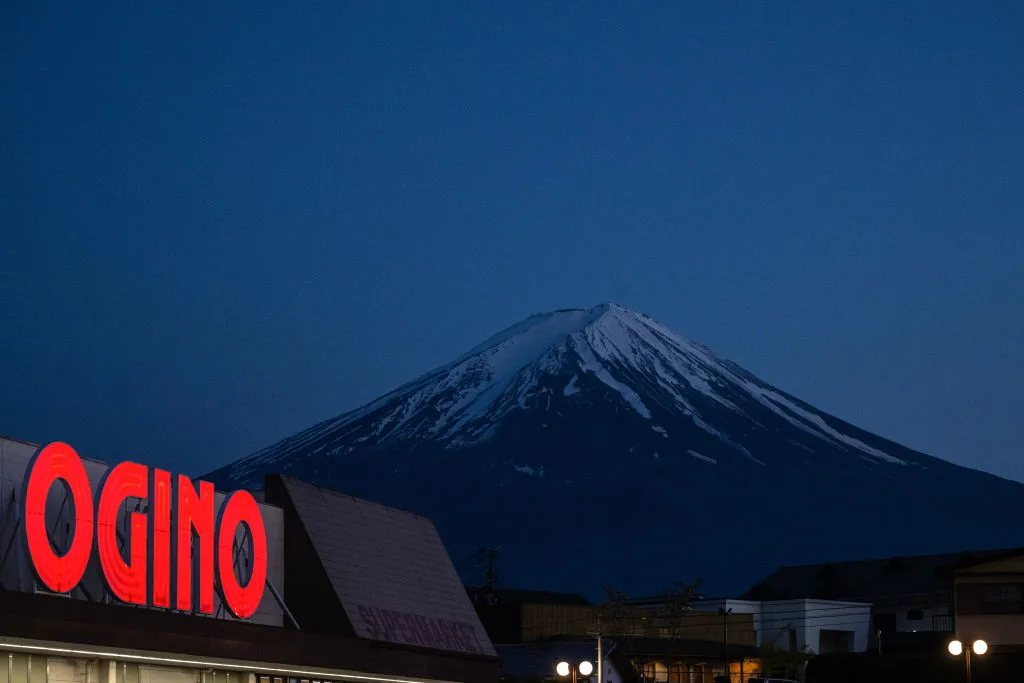
According to Japan’s official weather agency, Mount Fuji usually experiences its first snowfall by October 2, with the snow often covering its summit shortly after.
Last year, the first snowcap appeared by October 5, highlighting the stark contrast to the snowless landscape we see today.

The lack of snow has prompted scientists, environmentalists, and citizens to wonder about the impact of climate change on this unusual occurrence.
Shinichi Yanagi, a meteorological officer in Kofu, told CNN, ‘High temperatures have lingered since summer, accompanied by unusual rainfall, which has prevented any snowfall.
The rising temperatures, along with a clear shift in weather patterns, have experts concerned that this snowless season could signal what lies ahead.
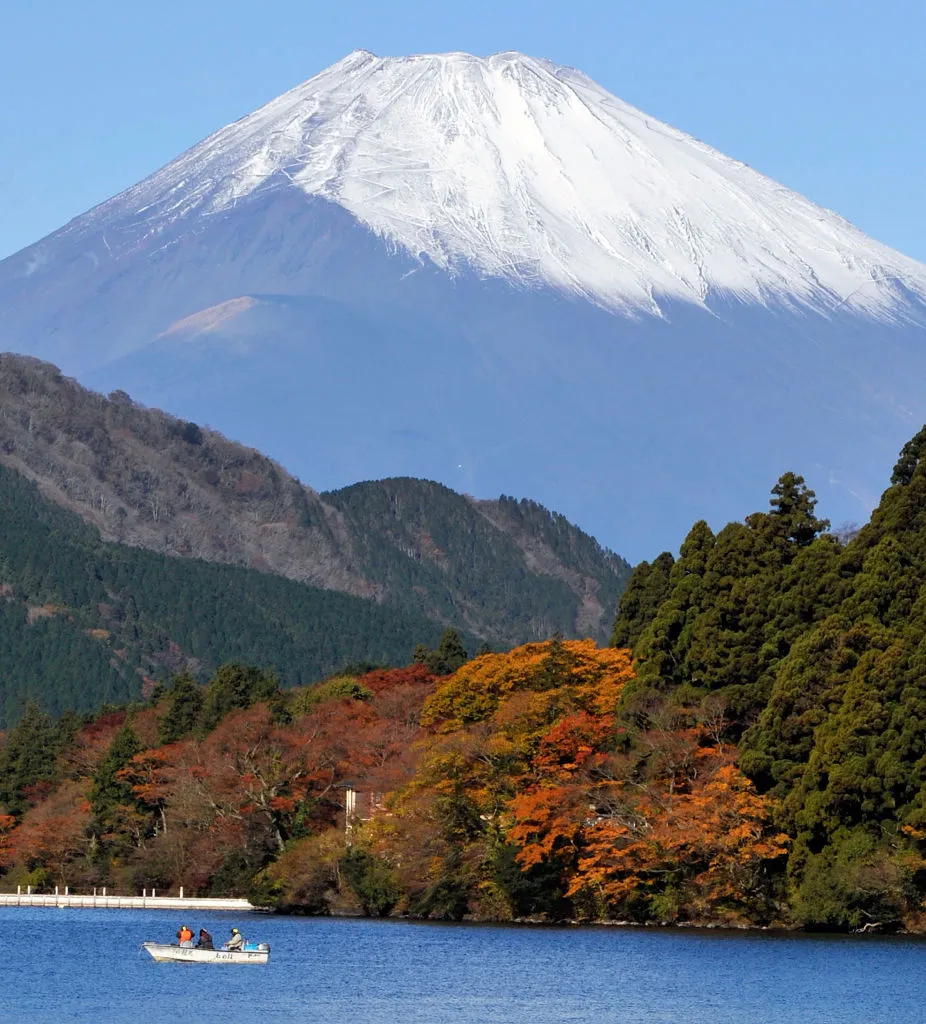
As many experts highlight, Mount Fuji’s snowless peak is not merely an anomaly, but a glaring indication of the rapidly worsening climate crisis.
A Mountain’s Legacy Disappearing: The Melting of Mount Fuji
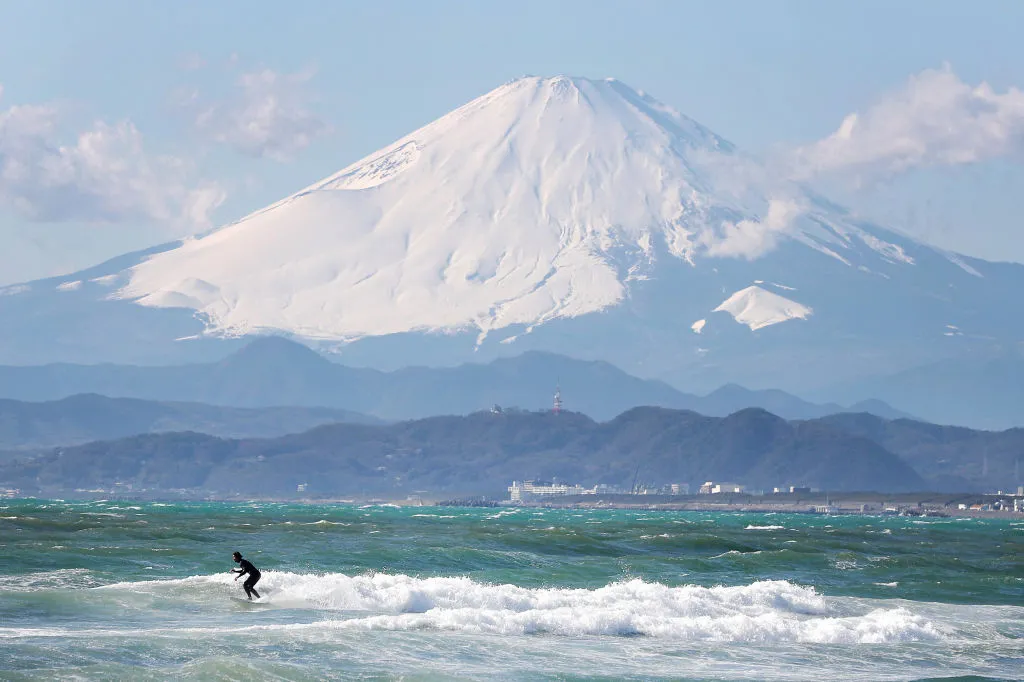
For centuries, Mount Fuji has been a symbol of Japan, deeply embedded in its natural heritage and spiritual landscape.
Rising to 12,388 feet, this active volcano attracts millions of visitors and hikers annually, all eager to experience its majestic snow-covered peak.
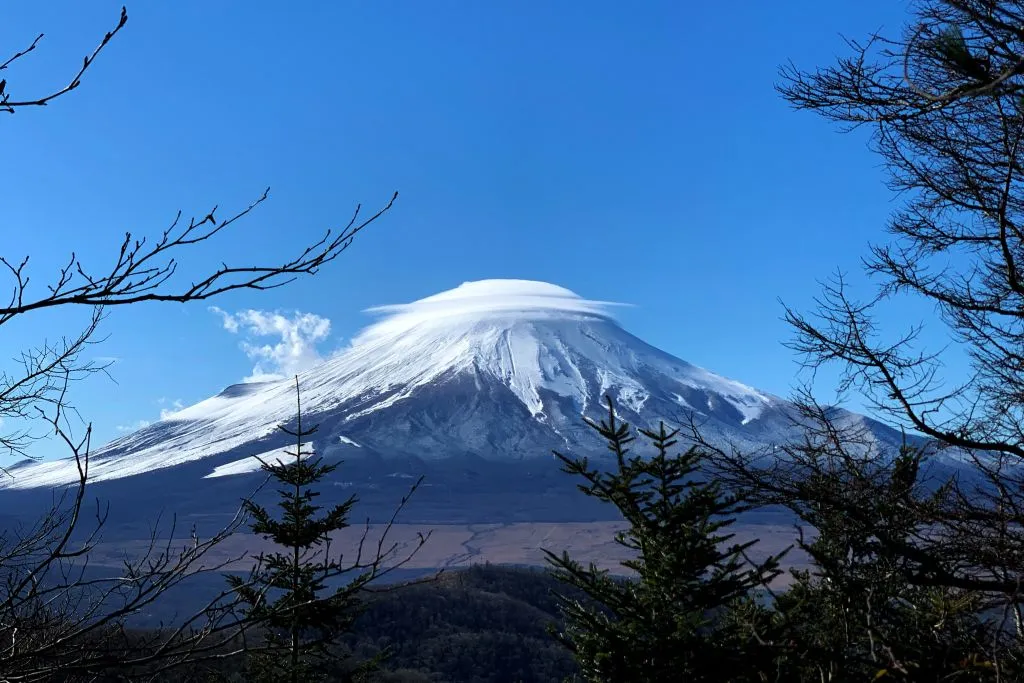
Snowfall on Mount Fuji is not just a seasonal event; it’s a cherished tradition, with records stretching back over a century.
However, this year’s unusually warm October in Japan has disrupted the typical cycle, setting new records and raising fresh concerns.
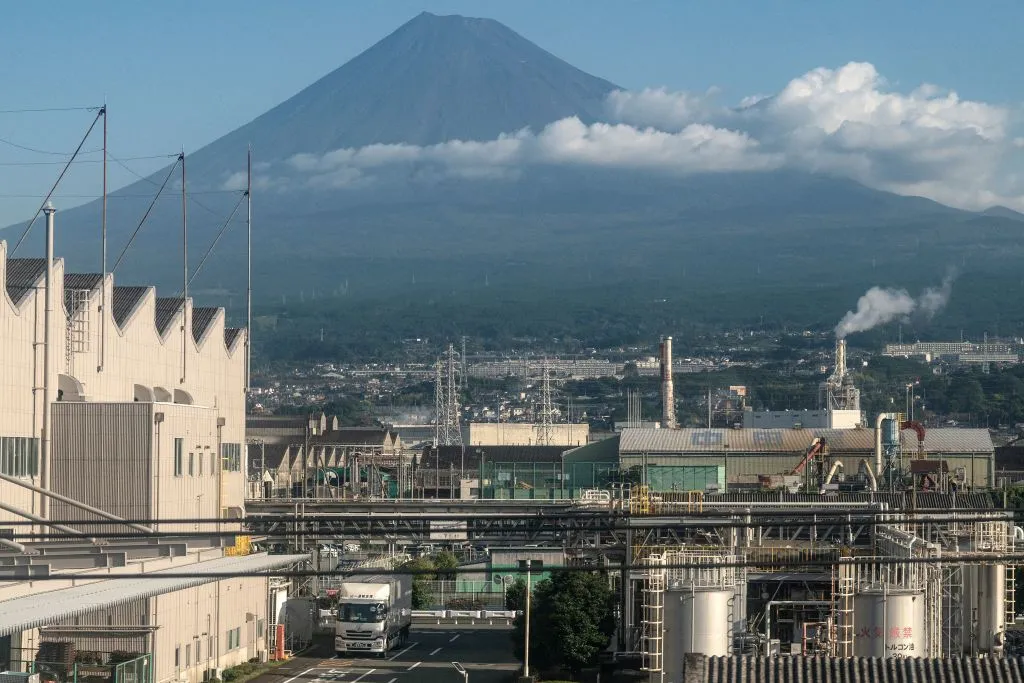
Scientists attribute the warming to the El Niño phenomenon, a climate event that raises Pacific surface temperatures, amplifying global heat.
El Niño, at its hottest phase this year, typically brings higher-than-average global temperatures, but this year’s event has been especially intense.
Climate experts have cautioned that the interplay of human-induced climate change and natural weather patterns may be reshaping Japan’s climate in unprecedented ways.

“The warming atmosphere means that even high-altitude regions like Mount Fuji are experiencing the heat,” says Climate Central, an organization closely tracking these changes.
The absence of snow on Mount Fuji could serve as a stark indicator of wider, more concerning global trends.
“The Climate Crisis Unfolding Before Our Eyes”
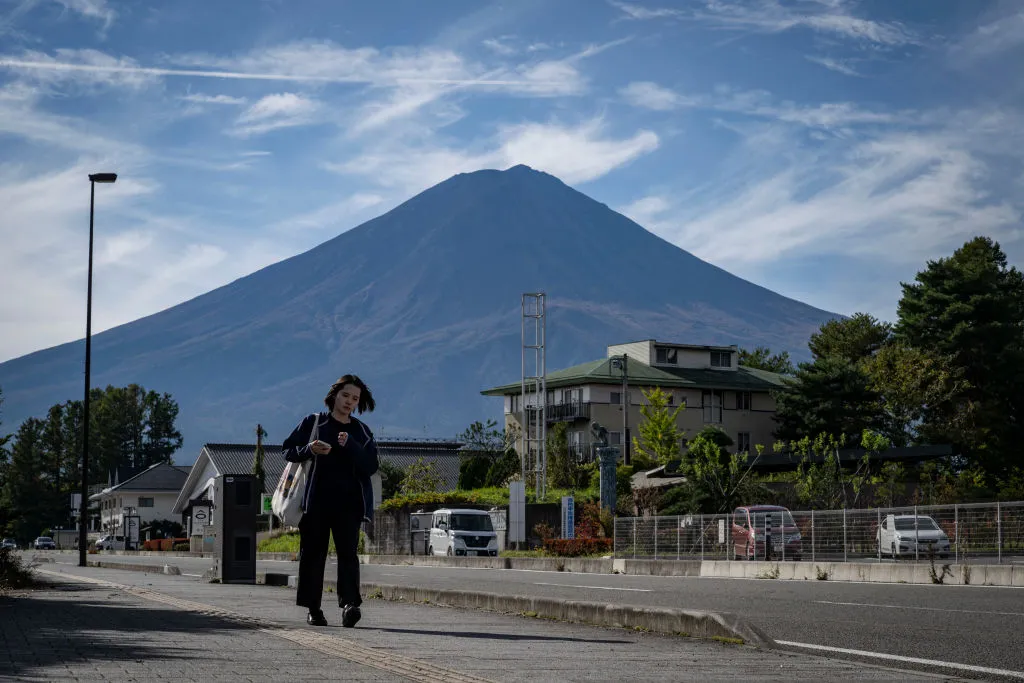
Mount Fuji has unintentionally become a billboard for climate change, standing as a stark reminder of the planet’s warming in a way that’s impossible to overlook.
Since the late 1800s, temperatures in Japan have increased by more than two degrees Celsius, placing greater pressure on the country’s winter and autumn seasons.

Many scientists now fear that Fuji’s snow-free condition could become a common sight — or, even more concerning, that the snow may never return.
This year’s unusually warm October has left Japan’s meteorologists on high alert, questioning how much longer this trend will continue.

Some attribute the growing unpredictability of the weather to the ongoing release of carbon emissions, which warm the atmosphere and disrupt natural climate patterns.
With El Niño expected to continue raising temperatures in the coming months, some are speculating that Mount Fuji could experience an exceptionally warm winter for the first time.
The potential consequences extend well beyond the iconic mountain; if warming trends persist, Japan’s rivers, ecosystems, and entire natural landscapes could be at risk.
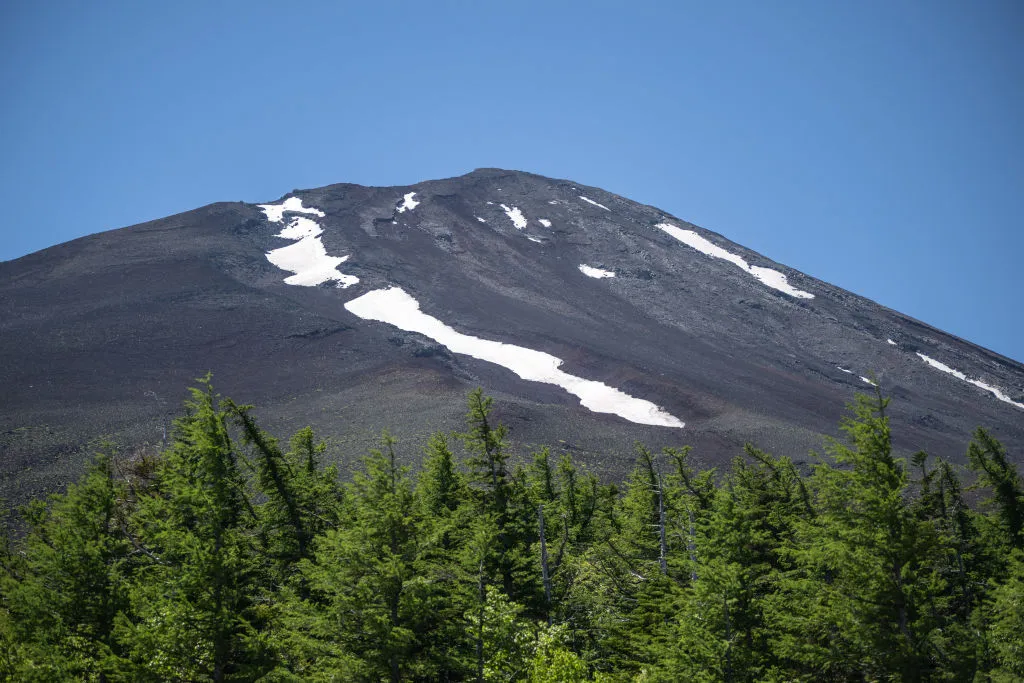
As climate scientists call for urgent action to reduce carbon emissions, the snowless summit serves as a quiet warning: Act now, or face a future devoid of the landscapes and seasons we cherish.
Whether this is a temporary shift or the beginning of a lasting transformation, one thing is certain: Mount Fuji’s snow serves as a stark reminder of what’s at risk in the battle against climate change.
For now, Mount Fuji stands exposed, a striking symbol of both natural beauty and urgent warning — a haunting reflection of the changing landscape.





